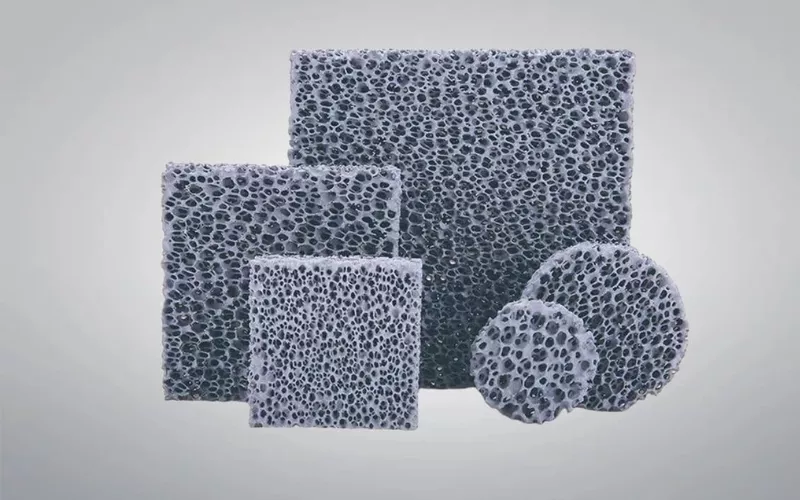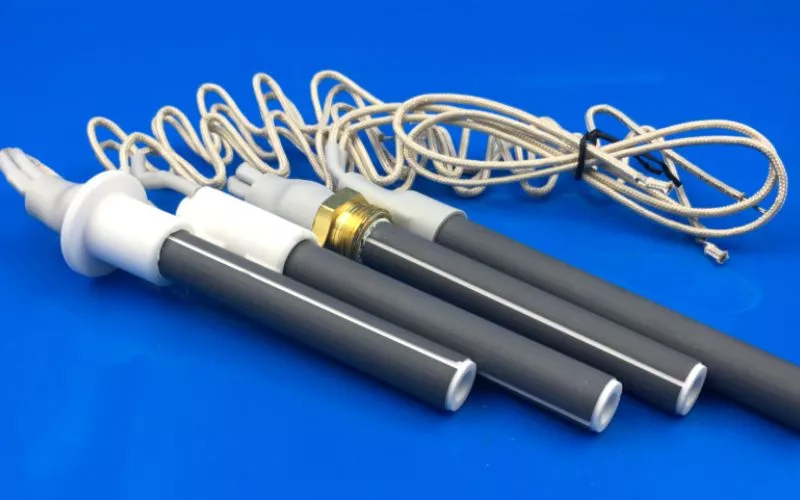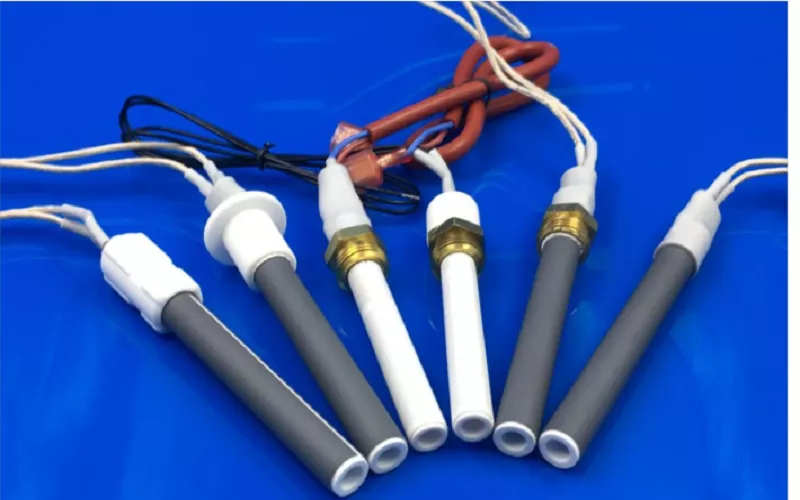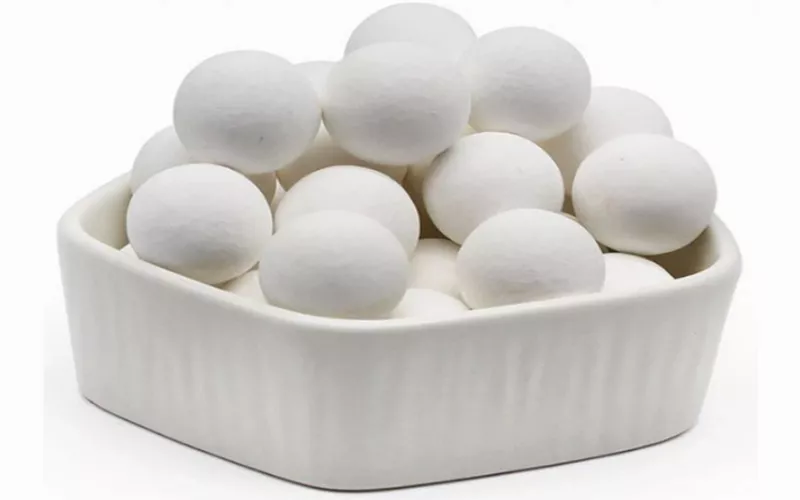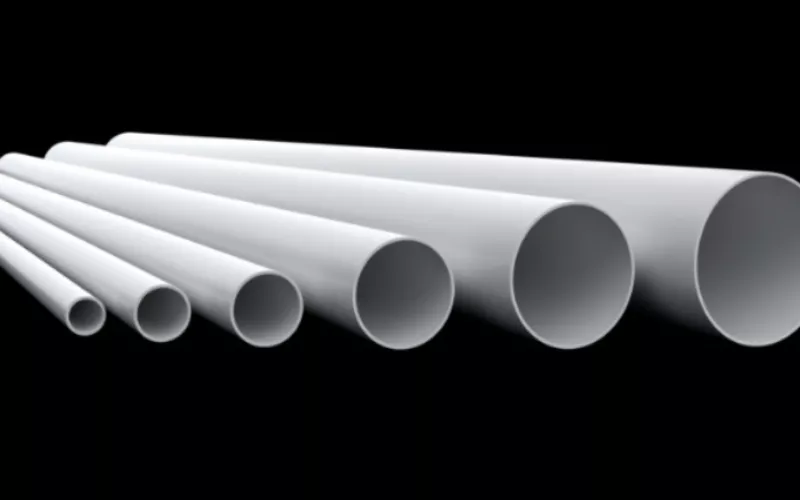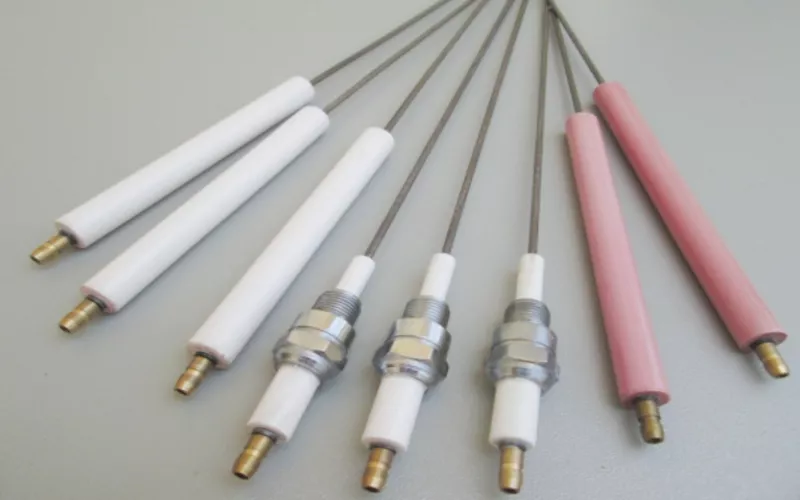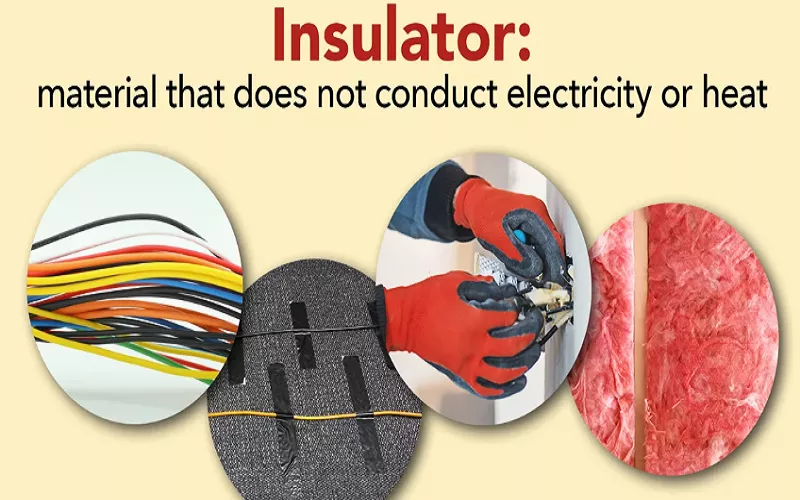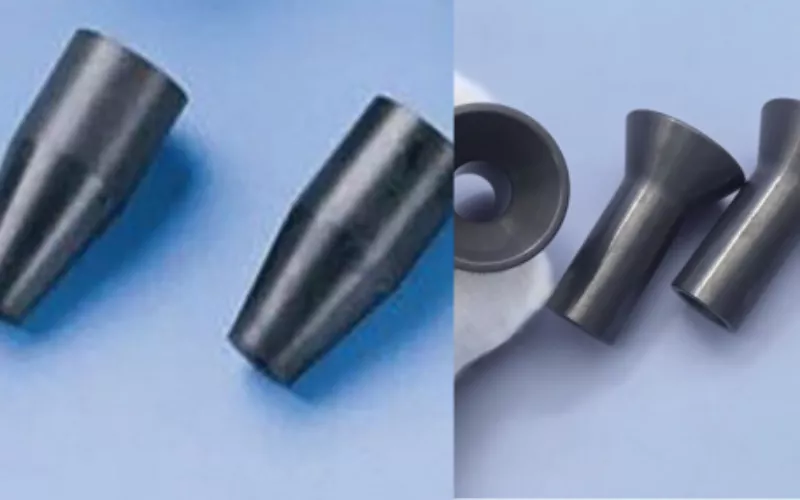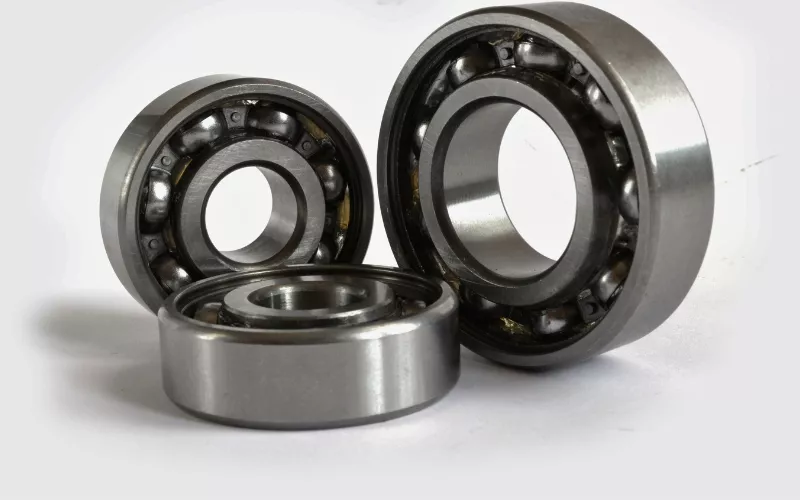Introduction Imagine materials that can resist high heat, pressure, and corrosion. That is what silicon carbide foam does. This material is used in industries ranging from the casting industry to electronics. This guide will explain what it is, how it works, and why it can solve the most difficult problems of your life. What Is Silicon Carbide Foam The first step to buying wisely is to know advanced ceramic materials. Silicon carbide foam may sound very technical when you hear about it. It is actually quite easy: a light, porous ceramic that is used to make high-performance industries. You must […]
2025-10-09
Learn More
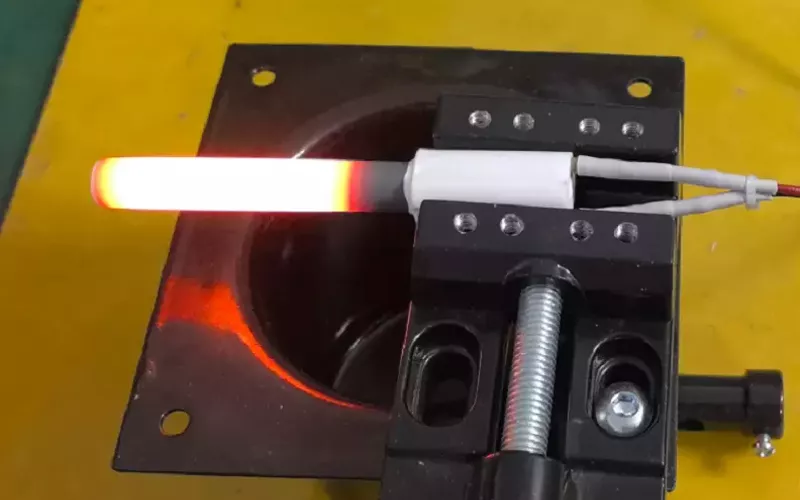
![Why Ceramic Materials are Used as Substrates [and Why They are the Future]](https://files.hssite.com/ggsceramic/2025/10/701a4024_a0ef_4a52_a21c_474985135be0_4569.webp)
